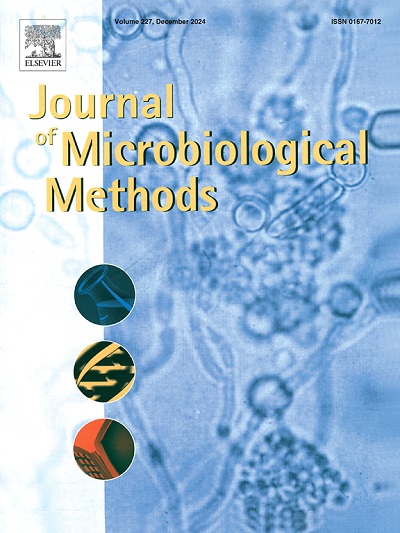The choice of DNA extraction protocol affects the quantification of gut microbiomes in two passerines
IF 1.9
4区 生物学
Q4 BIOCHEMICAL RESEARCH METHODS
引用次数: 0
Abstract
There is ever increasing need for the robust characterization of the microbial communities of wild animals. DNA extraction from bird feces is challenging and to date, no protocol has proven to be efficient with all bird feces samples. Thus, there is a need to test different extraction protocols for a variety of bird species. We compared five commercial kits and four protocols to extract DNA from black-capped chickadee and blue tit feces. We found that all kits and methods allowed the study of the bacterial microbiota of black-capped chickadee feces, but the choice of kit influenced the measured diversity and composition of microbiota communities. Only two kits out of five allowed the recovery of DNA from blue tit feces. We recommend using PowerSoil by Qiagen or QuickDNA by Zymo Research with black-capped chickadee feces, and MagMAX by Fisher for blue tit feces. Our study highlights the difficulty of extracting microbial DNA from bird feces, points out the limits of comparing bacterial communities across studies using different methods, and proposes optimized efficient protocols to extract microbial DNA from feces of two commonly studied bird species for the study of bacterial microbiota.
DNA提取方案的选择影响两种雀形目动物肠道微生物组的定量
对野生动物微生物群落特征的研究日益迫切。从鸟粪中提取DNA是具有挑战性的,迄今为止,没有一种方案被证明对所有鸟粪样本都有效。因此,有必要对各种鸟类进行不同的提取方案测试。我们比较了从黑冠山雀和蓝山雀粪便中提取DNA的五种商业试剂盒和四种方案。我们发现,所有的试剂盒和方法都可以研究黑冠山雀粪便的细菌微生物群,但试剂盒的选择影响了测量的微生物群多样性和组成。五个试剂盒中只有两个允许从蓝山雀粪便中提取DNA。我们建议使用Qiagen公司的PowerSoil或zimo Research公司的QuickDNA处理黑冠山雀粪便,使用Fisher公司的MagMAX处理蓝冠山雀粪便。我们的研究强调了从鸟类粪便中提取微生物DNA的难度,指出了使用不同方法比较不同研究中细菌群落的局限性,并提出了从两种常用鸟类粪便中提取微生物DNA的优化方案,用于研究细菌微生物群。
本文章由计算机程序翻译,如有差异,请以英文原文为准。
求助全文
约1分钟内获得全文
求助全文
来源期刊

Journal of microbiological methods
生物-生化研究方法
CiteScore
4.30
自引率
4.50%
发文量
151
审稿时长
29 days
期刊介绍:
The Journal of Microbiological Methods publishes scholarly and original articles, notes and review articles. These articles must include novel and/or state-of-the-art methods, or significant improvements to existing methods. Novel and innovative applications of current methods that are validated and useful will also be published. JMM strives for scholarship, innovation and excellence. This demands scientific rigour, the best available methods and technologies, correctly replicated experiments/tests, the inclusion of proper controls, calibrations, and the correct statistical analysis. The presentation of the data must support the interpretation of the method/approach.
All aspects of microbiology are covered, except virology. These include agricultural microbiology, applied and environmental microbiology, bioassays, bioinformatics, biotechnology, biochemical microbiology, clinical microbiology, diagnostics, food monitoring and quality control microbiology, microbial genetics and genomics, geomicrobiology, microbiome methods regardless of habitat, high through-put sequencing methods and analysis, microbial pathogenesis and host responses, metabolomics, metagenomics, metaproteomics, microbial ecology and diversity, microbial physiology, microbial ultra-structure, microscopic and imaging methods, molecular microbiology, mycology, novel mathematical microbiology and modelling, parasitology, plant-microbe interactions, protein markers/profiles, proteomics, pyrosequencing, public health microbiology, radioisotopes applied to microbiology, robotics applied to microbiological methods,rumen microbiology, microbiological methods for space missions and extreme environments, sampling methods and samplers, soil and sediment microbiology, transcriptomics, veterinary microbiology, sero-diagnostics and typing/identification.
 求助内容:
求助内容: 应助结果提醒方式:
应助结果提醒方式:


